Manage purchasing to improve organizational performance
Maintenance, repair and operations (MRO) expenses often fly under the radar and for that reason tend to be easily ignored. MRO expenditures are those purchases that fall under the category of indirect spend and include things like cleaning products, safety equipment, maintenance supplies, spare parts, industrial-equipment parts, computers, furniture, fixtures, etc.
Efficiently-managed MRO purchasing means that the right items will be available when needed. But it also means that companies will successfully minimize downtime of operations and manage purchasing so as to have a positive impact on organizational performance.
According to an annual survey conducted in 2018 by Peerless Research Group and published on Logistics Management’s website, MRO spending is on the rise: 25% of respondents (professionals involved with MRO management) said they expected to spend more on MRO products and services than they did in 2017.
The survey notes that most MRO professionals rely heavily on manufacturers and distributors for information: 63% of respondents said that MRO solution-related information comes directly from manufacturers and their websites, while 58% depend on distributors and their websites for this information.
MRO spending is often ad hoc, resulting in poor expenditure control
Because of the typically casual, ad hoc nature of MRO-purchasing, such purchases are frequently managed by issue of purchasing requisitions. It’s easy to see how expenditure control could quickly get out of hand.
The problem of careless MRO control points up the need to rein in MRO purchasing so as to manage inventory effectively. Unnecessary overstock in inventory will adversely impact the bottom line.
Some organizations leave MRO control or purchasing to administrative personnel such as admin assistants or receptionists. MRO items aren’t usually managed by systems such as enterprise resource planning (ERP) tools, so it’s pretty common for these purchases to get left to admin employees who place orders with suppliers on an as-needed basis.
It makes sense to move MRO responsibility away from admins and into procurement teams, in order to optimize spend. Given that they’re so frequently overlooked, MRO expenses present a great opportunity for improvement in spend management and cost savings.
Typical MRO spending patterns often led to inefficiencies
Part of the problem with getting a handle on MRO expenses is that this category tends to be purchases of small items that fall below approval thresholds. As you can imagine, there is a lot of room for inefficiencies:
- Many recurring small purchases can add up to big total spending, with an adverse effect on profitability.
- It’s not unusual for MRO purchases to made by many different people in different departments and to be uncontrolled.
- This type of haphazard purchasing can lead to excessive spending, excessive inventory and wastage.
It’s important to find and fix inefficiencies in MRO purchasing. If not done, these are typical problems that develop:
- Invisible MRO inventories build up. Individual workers stockpile items out of sight of inventory management systems and unavailable to other employees who might need them.
- Different buyers purchase from different suppliers. Inefficient purchasing takes place instead of realizing savings by combining purchases from one or a small number of suppliers.
- Spot purchases of inventory lead to high purchase-order processing costs and excessive sub-stock inventory.
MRO-spending KPIs are a great way to set performance goals
For procurement managers, setting sights on key MRO spend metrics is a valuable way to benchmark performance and set goals. SDI, an MRO supply company and service provider, suggests watching these KPIs to improve MRO procurement spending:
- A good rule-of-thumb is that MRO spend should be kept to 3% to 10% of overall procurement budgets, keeping the MRO category a low percentage of total production inventory.
- Improved spend visibility and more efficient consumption will result when poor inventory accuracy and uncontrolled buying is gotten under control. Managers should look to keep the percentage of ad hoc/unaccounted spend below 2% of the procurement budget.
- Since most companies expense MRO supplies at time of purchase, it’s important to reduce how long these expenditures are on the books. Keeping MRO inventory days-on-hand below thirty days is considered optimal for many industries.
- MRO buyers should manage the number of suppliers that cater to 80% of their spend, looking to consolidate the number of suppliers to about 12% to 15% of their suppliers servicing 80% of their overall spend.
- Lots of rush orders means more spend and, in turn, cost overruns and declining margins. To counter the negative effects of rush orders, it’s a good idea to maintain a low ratio of 1:8 to 1:10, with procurement then working with operations to manage inventories to hit that ratio.
- To counter the negative impact of stock outs (which can include production delays, rush orders and increased MRO costs), procurement managers should calculate the number of stock out occurrences compared to total items picked, and these should be maintained at a level below 1% on a daily or weekly basis.
MRO expenses are not glamorous and are often ignored, but for this very reason they represent a real opportunity for improvement and cost savings and should not be overlooked.





